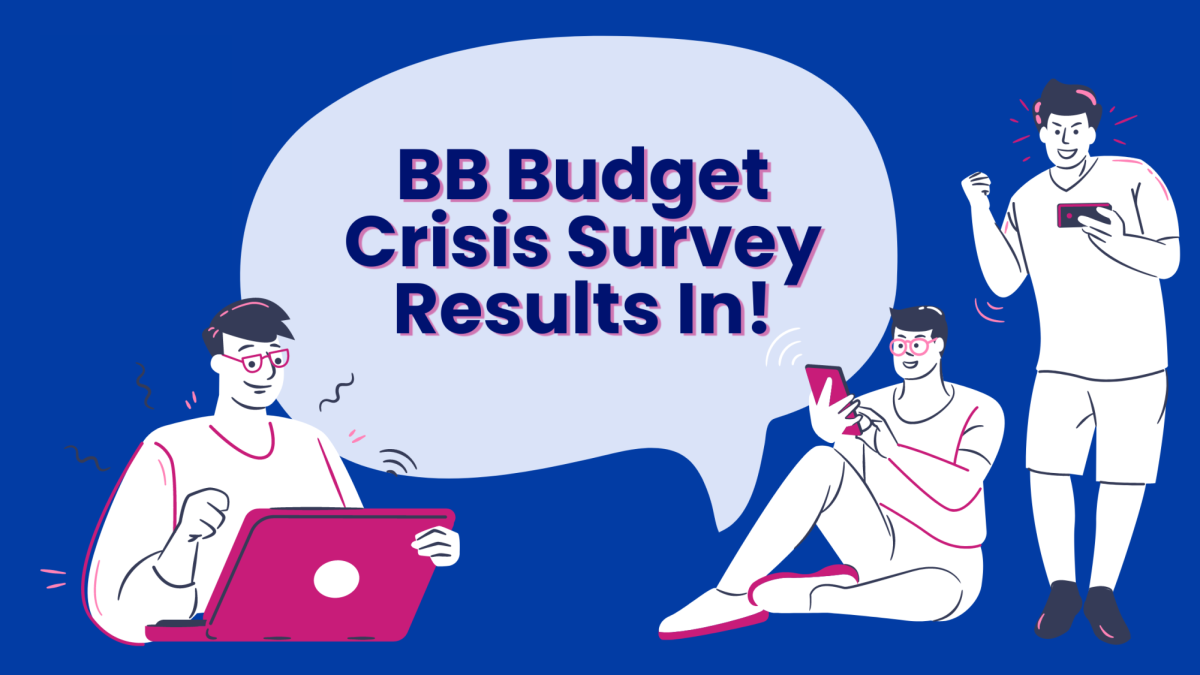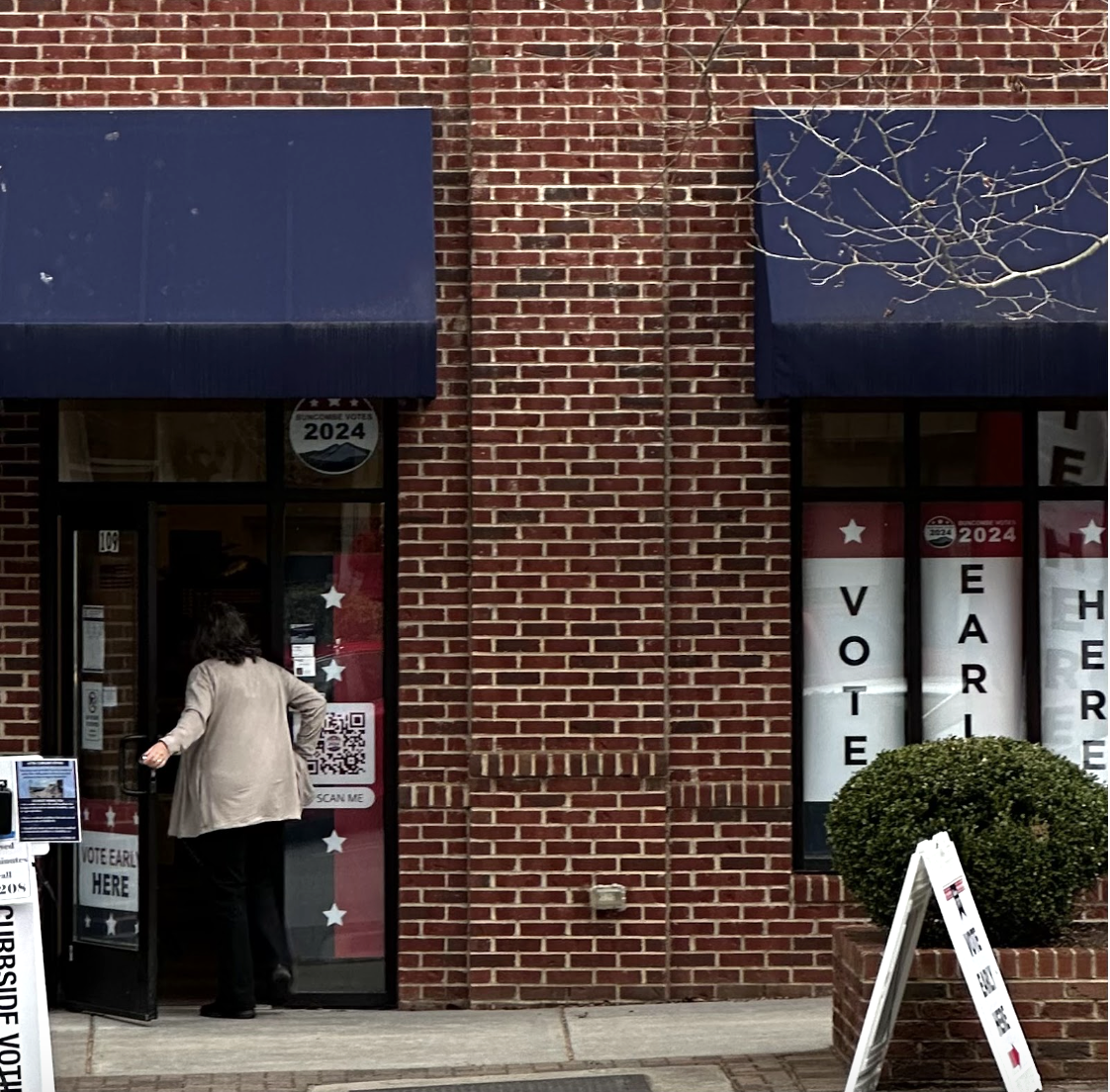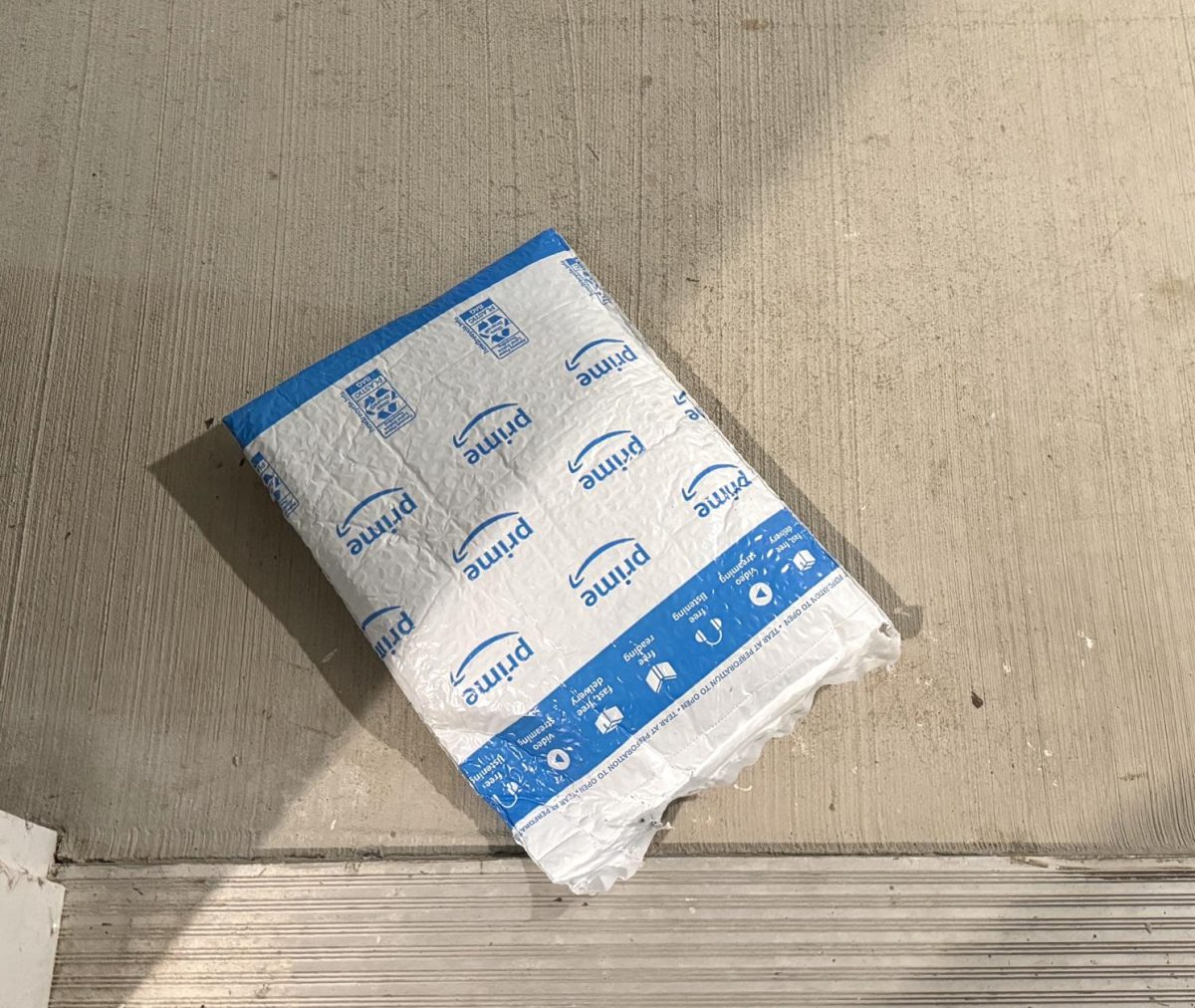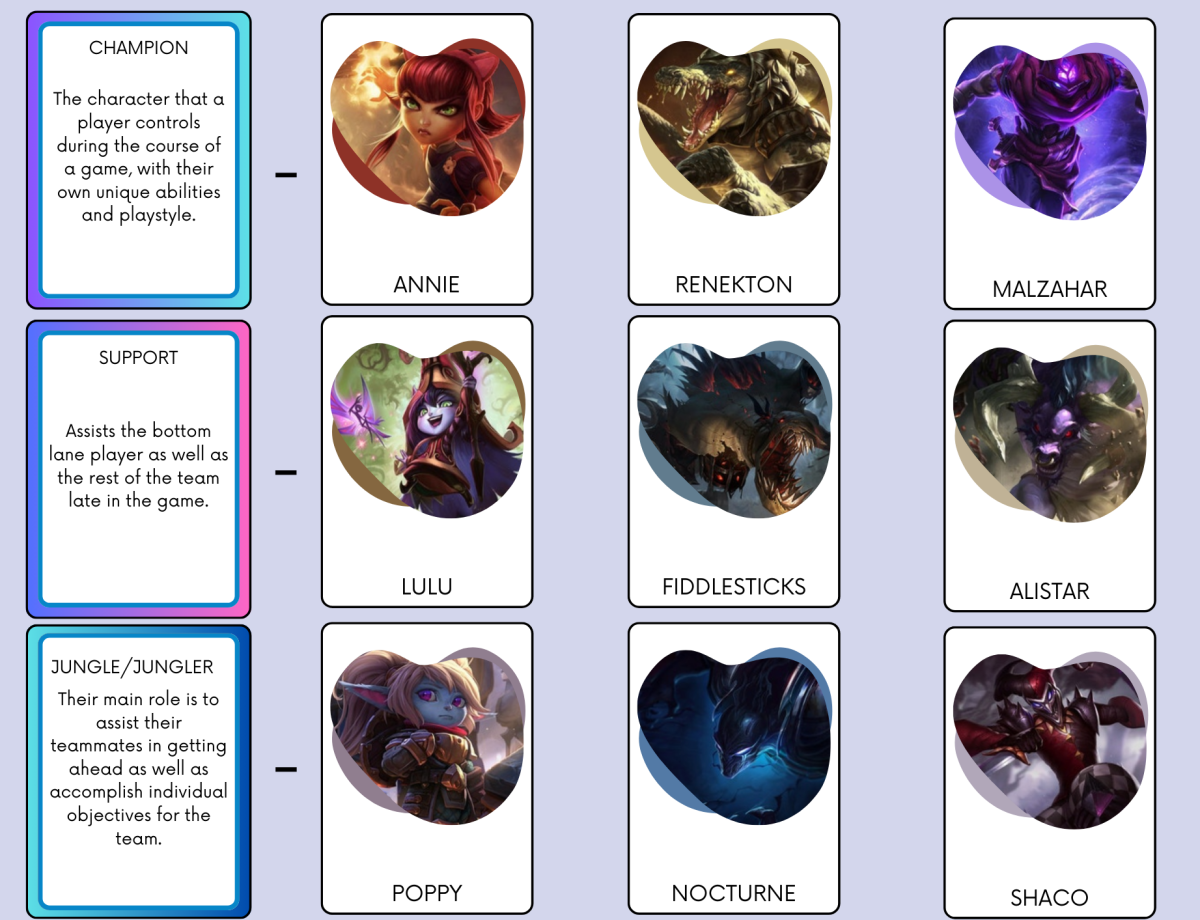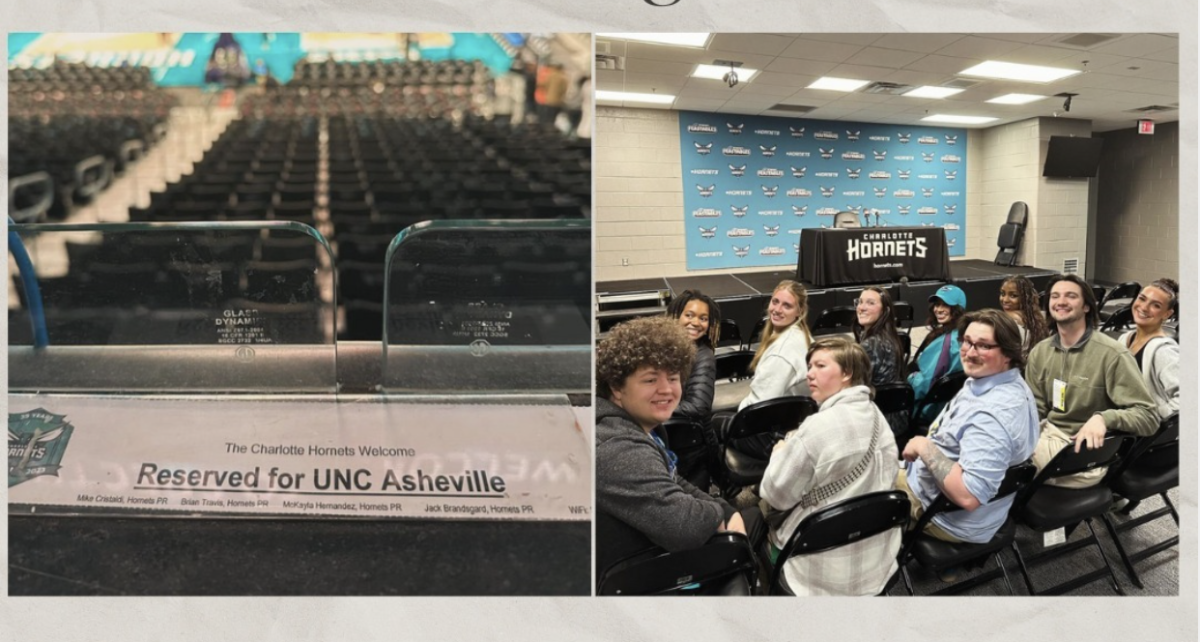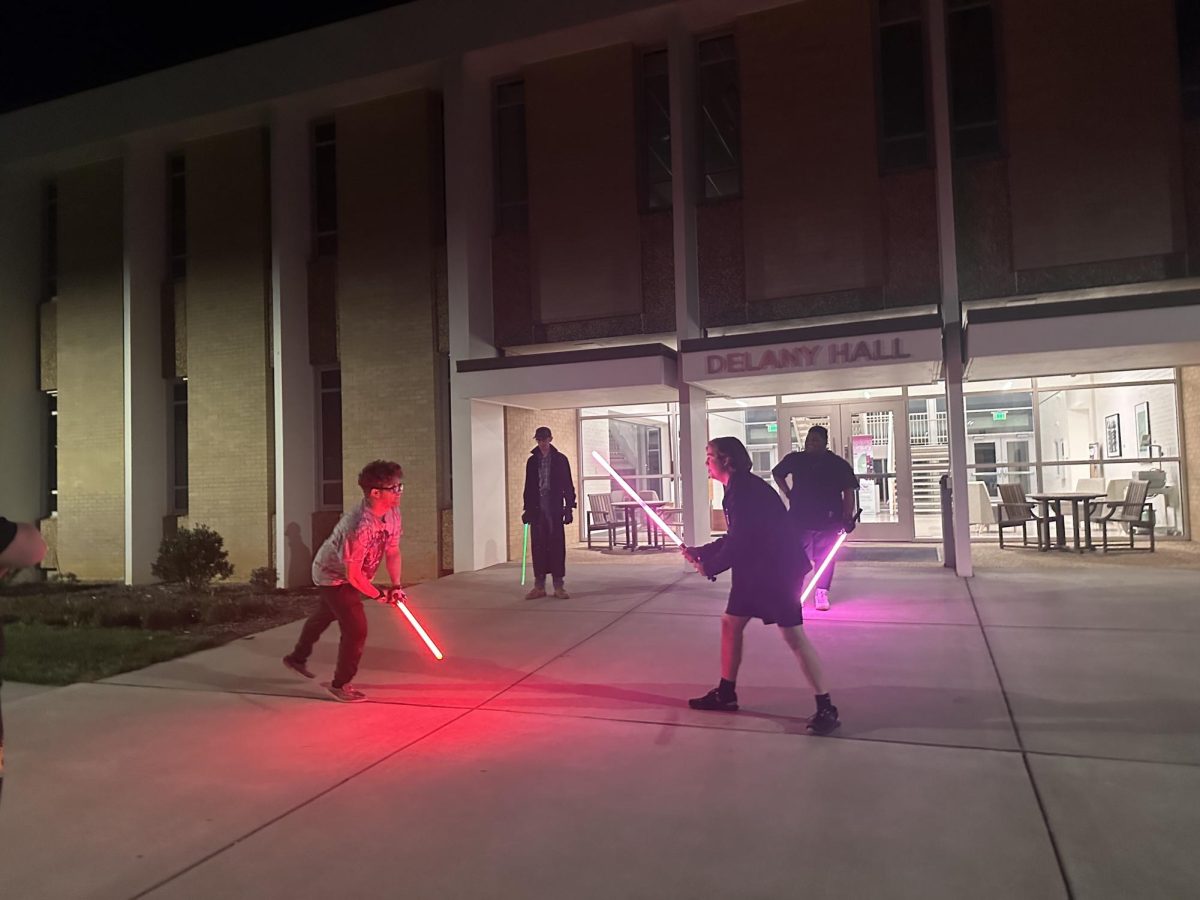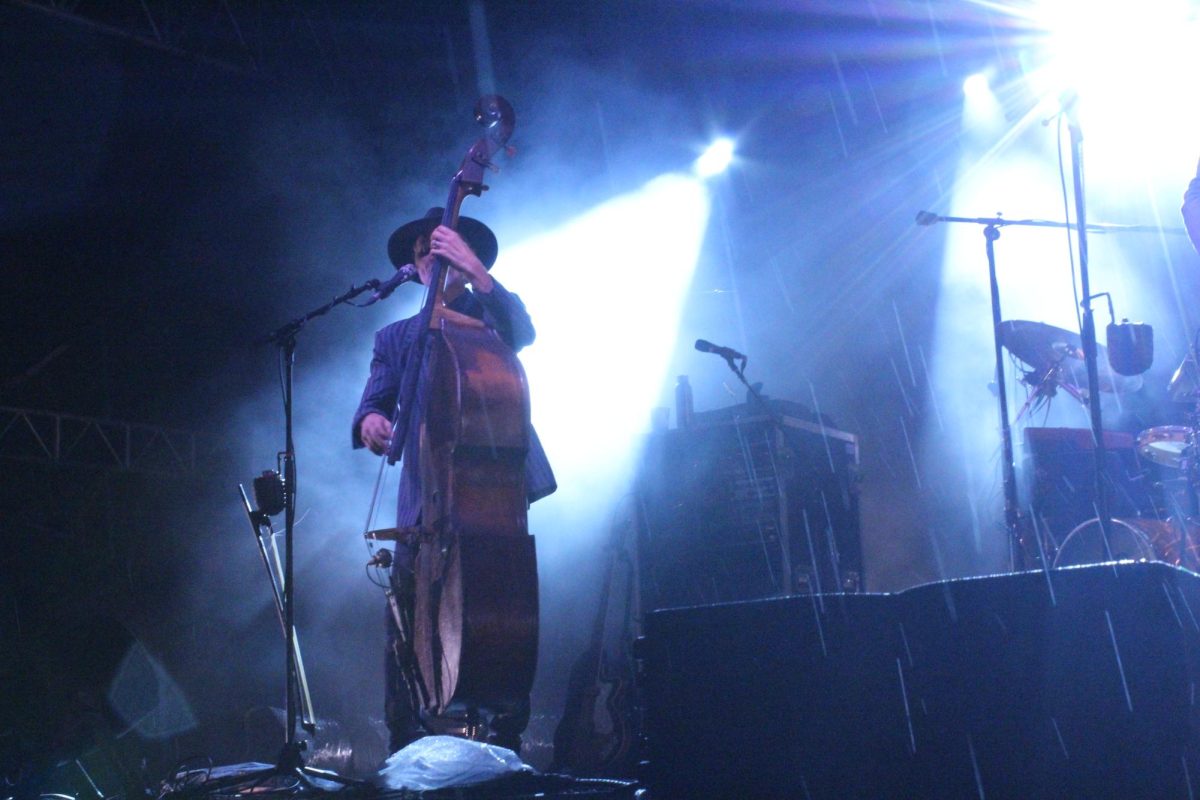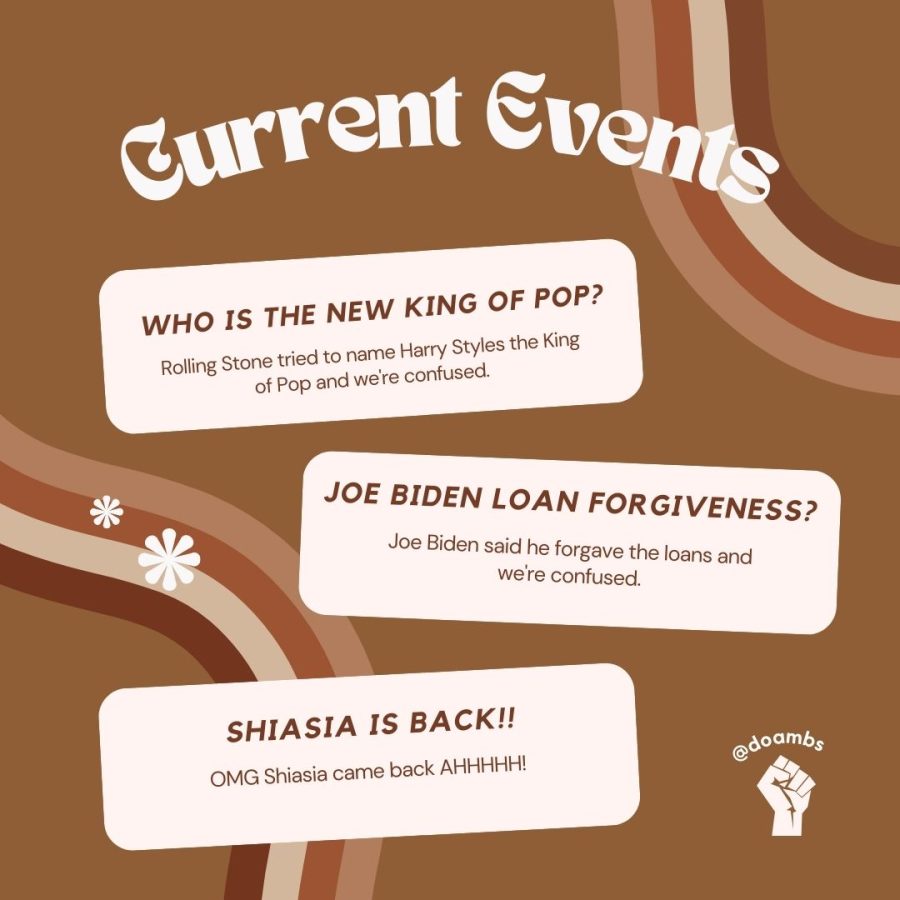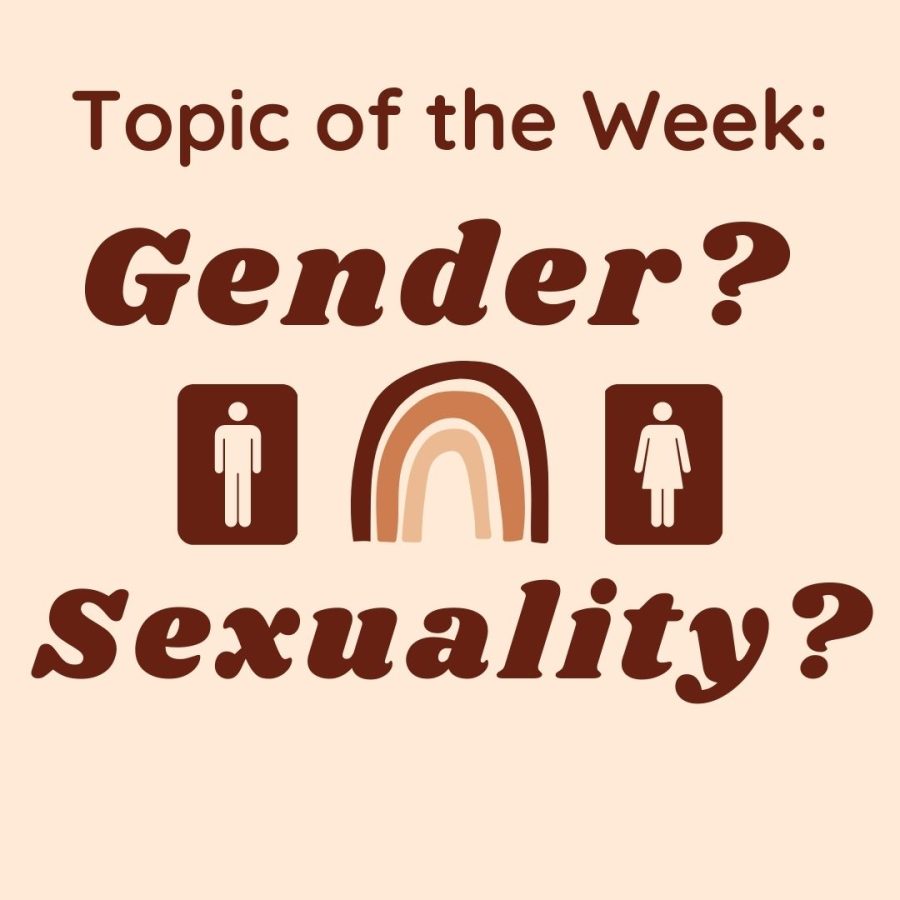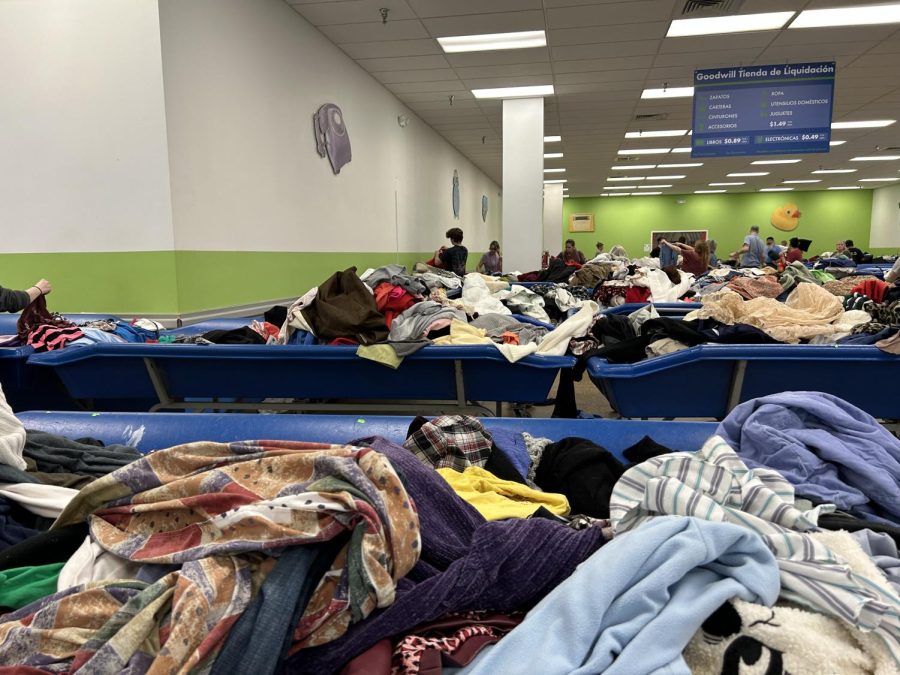By Meredith Foster – Staff Writer – [email protected]
The first time the ethics of college athletics was publicly challenged came when “South Park” poked fun at the NCAA’s rules to protect student-athletes by comparing a college basketball coach to a slave owner protected by certain laws.
No one could have known the relevance this episode from 2011 would have in 2014.
Recently a ruling by the Chicago District of the National Labor Relations Board allowed Northwestern University football players and eventually all college athletes to be considered as employees has created quite a ruckus in the world of college sports.
The issue in question is not if collegiate athletes are receiving adequate compensation for the work they put in, because they aren’t.
Factoring in the 40 hours a week they spend in weights, conditioning and practice, as well as all the mandatory hours of meetings, community service, traveling and study hall not included in that 40 hours, the price of being a student-athlete well exceeds the highest salary of full scholarship.
The question is if ruling that student-athletes are more like university employees will benefit them as a whole. The answer is no. If the ruling stands that student-athletes can unionize as employees it will only increase the gap between larger programs and smaller ones.
This whole mess started in October of last year when the Grambling State University football players refused to show up for a game because they were unhappy with their conditions and training facilities.
But who could blame them?
Successful teams and players are selling out stadiums and bringing in hundreds of thousands of dollars in merchandise they will never see a dime of in order to preserve their amateur status.
At bigger universities, it is not uncommon for athletic departments to bring in up to $100,000 in revenue after expenses, so money is not the issue.
Now, the NCAA is forced to face the day they thought they could prevent with pages of rules about “player protection” and the preservation of amateur status. The only thing they are protecting players from is realizing they hold all the power.
Originally these NCAA regulations were to allow young athletes to continue playing under the protection of a federation. They wanted to prevent high school athletes from going straight into the world of professional sports without an education.
However, student-athletes sign a contract upon entering a university that they will play exclusively for the university, abiding by their coaches’ and administration’s rules, or their contract or scholarship agreement will be terminated. Not unlike a professional athlete’s contract, except instead of receiving payment, they receive college tuition.
Successful college athletes and athletic programs became a more vital part of college than anyone imagined they could. This creates the problem of how can the NCAA keep student-athletes happy, while still retaining their image as a referee who maintains a fair and just environment for all schools.
With the introduction of salaries, the degrees of separation between players will only increase. Additionally, athletic dynasties will be created based on bank accounts rather than distinct fits for individuals.
Currently, the monetary ceiling is level for all universities. The most that any university can technically offer a student-athlete is a full ride to their university including tuition, room and board and in some places, textbooks. The only edge they can offer are intangibles like facilities, coaching staff and gear.
If that monetary ceiling rises, only some schools will be able to foot the bill. Smaller universities like ours will lose our ability to bring in exceptional athletes simply because of funding.
Many smaller universities, like UNC Asheville, rely on private funding for their athletic departments. UNCA is not even a fully funded university, meaning UNCA doesn’t have the number, capped at 12 by the NCAA, of full scholarships larger schools have.
The fact is that many of the larger universities can afford to, and probably would like to, pay their athletes some type of stipend because of the revenue they bring in to the university, but here it will not soon be an option.
While it may seem fair for the larger universities to provide their athletes with more because they have more successful programs, the athletes at smaller universities are putting in the same amount of hours as student-athletes at larger and more successful schools.
If this ruling stands and the gap between large and small college athletics continues to widen, eventually smaller universities will cease to have any type of reputable athletic program at all.
Although student-athletes are currently not receiving fair compensation for what they give to universities, the decision to allow student-athletes to unionize as employees will make the rich teams richer and the poor teams poorer.
Even though eventually college athletes will become professionals, treating them as university employees isn’t the solution to improving conditions as a whole.
Latest Stories
- Tribal political activities surge due to Lumbee tribes request for federal recognition
- Learn a Language!
- Questions On the Quad Episode 11
- What Do Blue Banner Staff Listen To?
- Asheville residents at odds over U.S. financial assistance to Ukraine
- The UNC Asheville Saber Club’s duels remain, moved to AC Reynolds Green
- UNCA League of Legends takes first in stunning finals match against HPU
- From passion to professional play: How a UNCA League of Legends MVP hit their stride
- Old UNCA sorority still has its footprints on campus
- Mass communication students visit Charlotte to watch Hornets game

